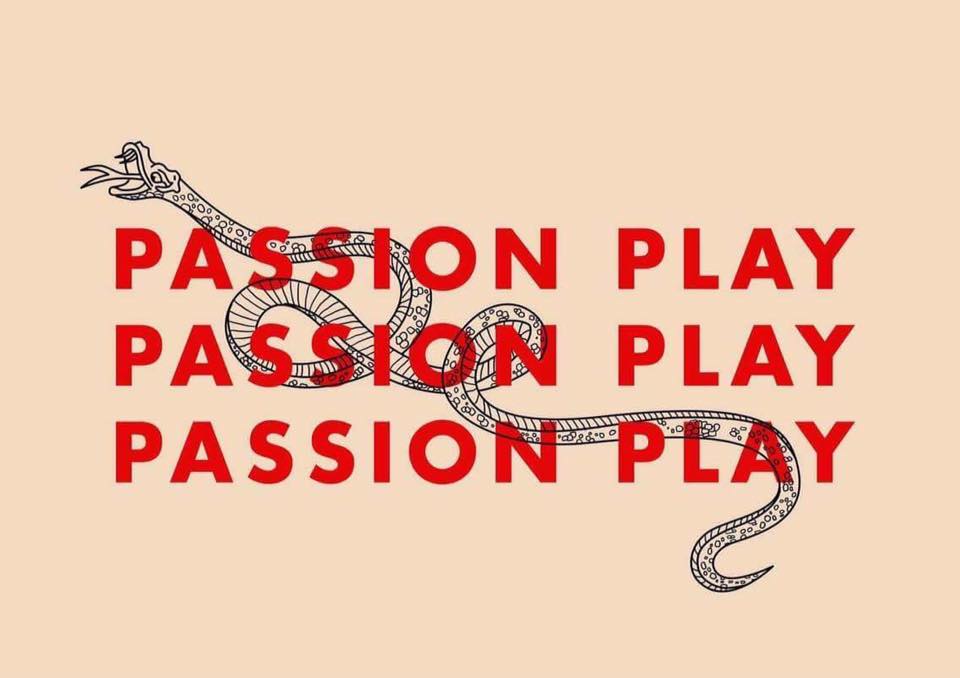Peter Nichols’ 1981 Passion Play is not for the fainthearted. Diving head-first into the aching world of adultery, the play’s central themes of deception, betrayal and desire not only challenge the audience but also demand both actor and director reach for the rawest of emotion. Open Theatre’s artistic courage must, once again, be admired. It is perhaps no coincidence then that, in this first student production, the piece’s demanding content is matched by its staging. There has to be a point to immersive theatre and director Charlotte Everest never forgets this. As the audience chases after actors, sticks their noses into unknown rooms and is challenged to advise the adulterers, it’s clear that we are supposed to be as emotionally exhausted and, at times, confused as the characters.
‘This was not a half-hearted attempt at immersive theatre: actors and audience mingled and, as James’ infidelity became apparent, so too did our involvement’
Loosely set at the wedding of James and Eleanor, audience members were greeted by a wedding photographer and guided around an impressively designed set, each room kitted out with hints at the unstable marriage the couple were about to enter. This was not a half-hearted attempt at immersive theatre: actors and audience mingled and, as James’ infidelity became apparent, so too did our involvement. There are few incidents more awkward than being stood directly next to a man cheating on his wife but, equally, there are few incidents as revealing. If the directorial intention behind the immersion was to make the audience feel implicit, then Everest succeeded.
‘If the directorial intention behind the immersion was to make the audience feel implicit, then Everest succeeded.’
Much of the play’s dialogue relies upon the dual representations of the protagonists: James and Eleanor are played by two people each, the other character representing the former’s inner monologue. Here, the potential for ‘telling’ rather than ‘showing’ how the characters felt was a risk, yet for the most part, all four actors used this unusual dramatic decision to buoy up the production. There was a very enjoyable juxtaposition to be found in the four actors’ portrayal of the hypocrisy found at the heart of this deceptive, impressive piece.
William Rees-Arnold
(Image courtesy of Open Theatre)

